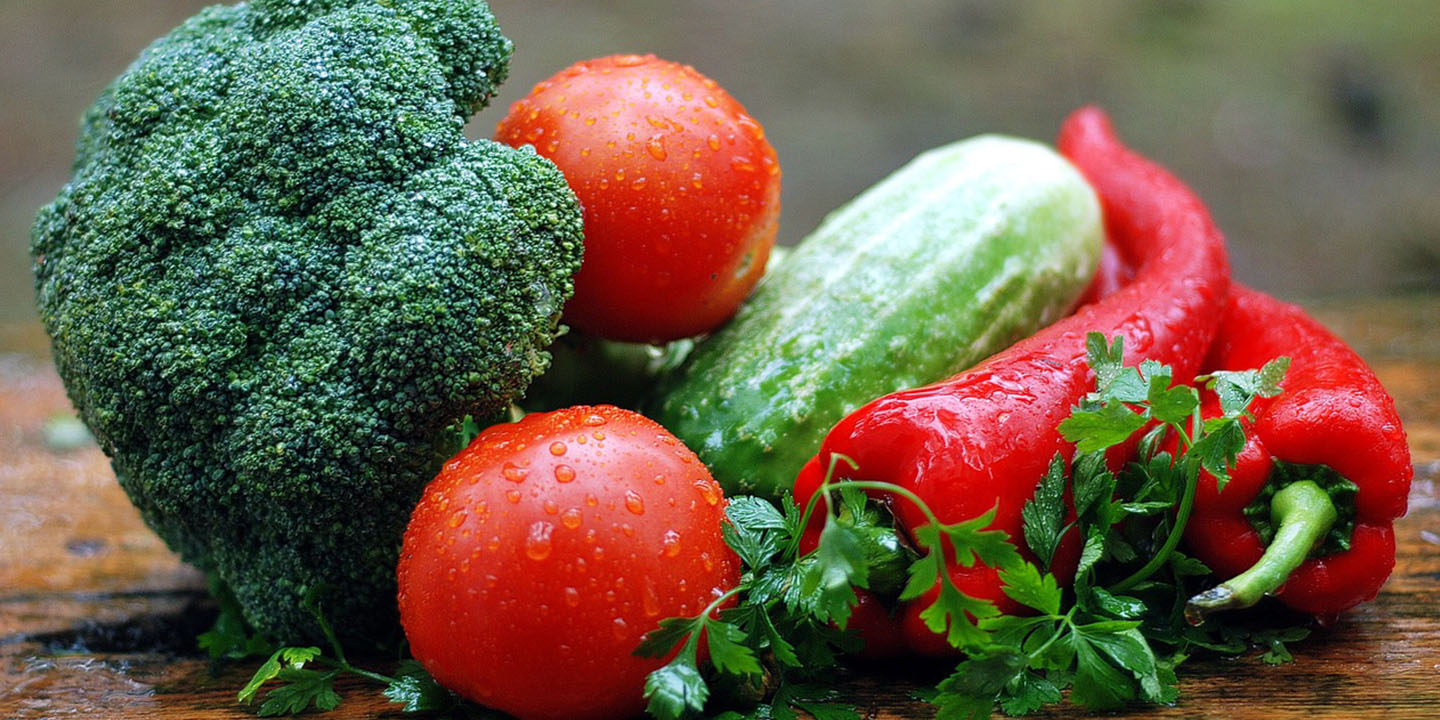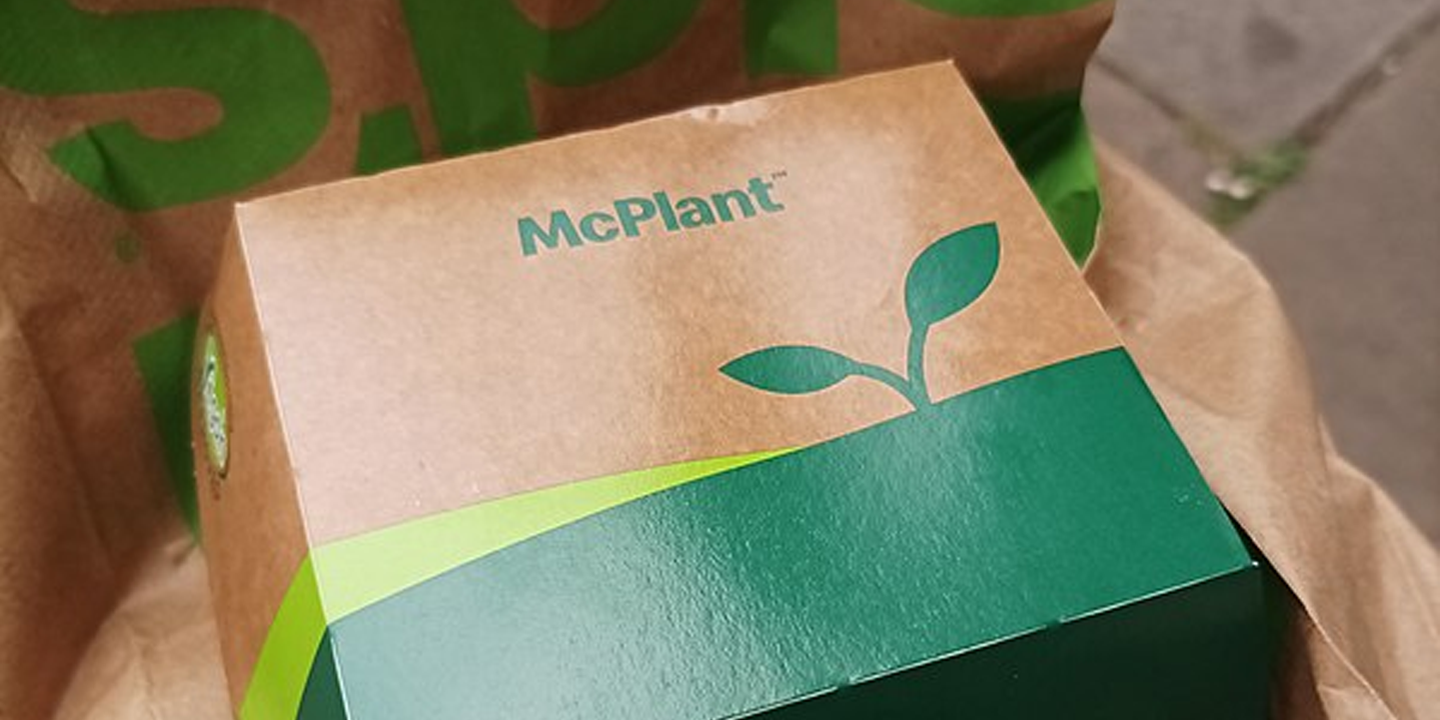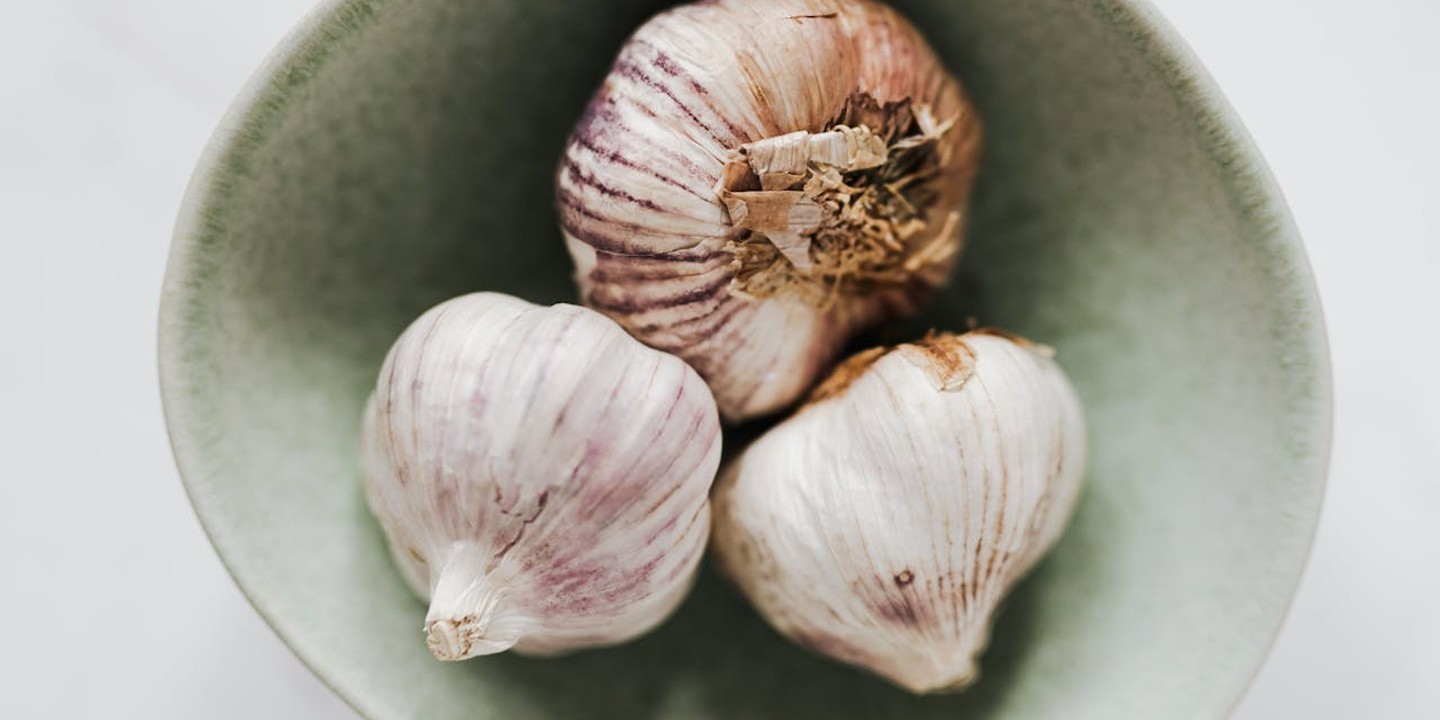Small Creatures, Big Flavors
We like our food familiar, and ideally, without a pulse. But in much of the world, food still hums, twitches, or clicks before it reaches the pan. Eating insects isn’t new. This practice is ancient, and, depending on your palate, surprisingly delicious. Well, maybe delicious is pushing it. And yet, if you can get past the idea that there’s a bug on your plate, you might be surprised by how normal they taste. Here are 20 dishes from around the world with insects as the focal point.
1. Chapulines (Mexico)
These grasshoppers are roasted with garlic, lime, and salt and are surprisingly snackable. Locals sprinkle them on tacos, stuff them into quesadillas, or pop them like peanuts while watching a soccer match. They often come in little baggies and are surprisingly addictive, provided you keep your gaze up as you’re snacking.
2. Mopane Worms (Southern Africa)
These aren’t actual worms but fat caterpillars of the emperor moth, found clinging to mopane trees after the rains. When dried, they look like shriveled cigars; rehydrated, they swell and take on a nutty, smoky flavor. Kids eat them like chips. Adults mix them into stews.
3. Jing Leed (Thailand)
These crickets are fried in garlic and soy sauce and taste somewhat like roasted sunflower seeds. Vendors sell them in paper cones at night markets, the smell mingling with diesel fumes and sugar. People laugh when foreigners flinch, but really, they’re just missing out.
4. Hachinoko (Japan)
When bee larvae are simmered in soy sauce and sugar, the end result is sweet, savory, and weirdly creamy. It used to be a mountain food reserved for rural workers in Nagano Prefecture. Now they’re nostalgic, like a dish your grandmother made before the supermarkets arrived.
5. Escamoles (Mexico)
Sometimes referred to as “Mexican caviar,” this dish consists of ant larvae harvested from agave roots. When fried with butter and epazote, they taste faintly of corn and nuts, like something both delicate and avant-garde. The texture is a cross between scrambled eggs and tiny pearls that pop.
6. Sago Grubs (Papua New Guinea, Borneo, Indonesia)
These plump larvae can be found wriggling in hollow palms, feeding on rotting sago. They’re eaten raw or grilled on skewers, and yes, they burst when you bite into them. People describe them as “buttery” or “pork-like,” which sounds impossible until you try one.
7. Witchetty Grubs (Australia)
This Aboriginal staple is thick, pale, and surprisingly rich in protein. When roasted over coals, they split open with a hiss, emitting the faint smell of almonds. Some say they taste like scrambled eggs; others claim it’s reminiscent of chicken fat.
8. Silkworm Pupae (Korea)
Called beondegi, this Korean snack is sold from carts in paper cups. Steam rises from them like incense, and the taste is earthy, salty, and reminiscent of rainy afternoons. You can buy canned versions in supermarkets, though the street ones are fresher.
9. Termites (Uganda)
These swarming termites, called alates, come out after rain. The swarms are so thick that people collect them in buckets, then fry them in their own fat. They turn golden and crunchy, with a flavor somewhere between popcorn and roasted peanuts.
10. Bamboo Worms (Thailand, Laos)
White and soft, these larvae are found inside bamboo stalks. When deep-fried, they puff up like tiny fries. The taste is ever so slightly sweet, with the faintest hint of grass. Vendors toss them in chili powder and lime, and suddenly you’re eating them by the handful alongside an ice-cold beer.
11. Giant Water Bugs (Vietnam, Thailand)
You’ll catch a whiff of their musky, almost floral scent before you see them. Their meat is firm, like crab, and their flavor is sharp, with citrusy notes. Some swear it enhances a recipe; others say it just makes you feel like you licked a lily pad covered in pond scum.
12. Weaver Ants (Cambodia)
Their nests hang like pale green balloons in mango trees. The ants themselves are tiny and quick to fan out in an attack. Eaten raw, they’re sour from their own formic acid, but cooked with lemongrass and chili, they make soups whose sharpness wakes you up faster than a cup of coffee.
13. Locusts (Middle East, Africa)
This Biblical scourge doubles as dinner. When they swarm, they’re caught by the sackful. Fried, they taste faintly of shrimp. There’s something oddly satisfying about eating a creature that once devoured whole fields.
14. Ant Eggs (Laos)
In Laos, they don’t stop with the ants or the larvae; they eat the whole nest. Their soups are a mix of eggs, larvae, and the occasional adult ant, all floating together in soups that shimmer with oil and lemongrass. Each bite pops slightly with a burst of citrusy tang.
15. Tarantulas (Cambodia)
Once regarded as famine food, these giant arachnids are now a tourist dare. The tarantulas are fried whole until the legs curl inwards like blackened claws. The body is soft, almost like crab, but heavier. Vendors sell them from baskets, three for a dollar.
16. Cicadas (United States, China, Japan)
When the treetops buzz in summer with the song of cicadas, people know it’s time for the harvest. Fresh ones taste like asparagus with wings. In the U.S., they’re a novelty food, but in parts of Asia, they’re a reliable comfort food.
17. Beetle Larvae (China, South America)
These larvae are thick-bodied, creamy, and, when fried, taste like cashews. Some are eaten raw with a drizzle of honey, although they have an unexpected sweetness all on their own.
18. Red Ant Chutney (India)
Tribal communities in Odisha grind red ants and their eggs with chili and salt. It’s fire and acid in one mouthful. The ants’ formic acid cuts through everything else, leaving your tongue buzzing like electricity.
19. Scorpions (China, Thailand)
The cooking process neutralizes their venom and leaves you with a crunchy snack that’s almost bland in flavor. It’s the experience people chase: that crisp snap that feels like an act of bravery with every bite.
20. Mealworms (Europe, North America)
Ground into protein powder or baked into cookies, they’re how the Western world dips its toe into entomophagy. Some people sprinkle roasted ones on salads. Others make “bug burgers.” They don’t look like much, but they might be the future of sustainable protein.




























